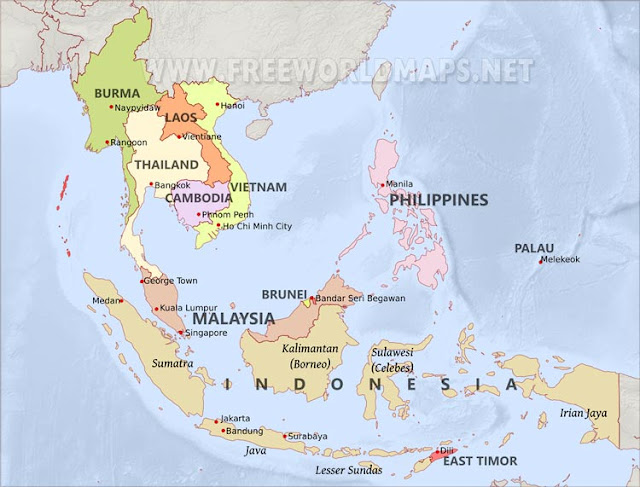Part One: The dive
It wasn’t NYC, there were no trains or subways zooming through dark tunnels or passengers bustling about, but there were huge crowds coming and going and plenty of activity. From our descent, the action began - two territorial lion fish strutted out from their rock crevice domain. Their poisonous fins in full display like the bright, bold feathers in a tribal chief’s headdress, a sign for all of their status and power. I kept my distance, but could not contain my admiration.Sea fans splayed out from the coral wall in colors of pink, purple, and silver. Soft coral in tangerine and lavender somehow managed to look fluffy and prickly simultaneously. A feathery sea star defied the colorful trends, proudly waving his arms of silvery-white, with black rectangles, like bold geometric hyphens, punctuating the seam of each limb. With every turn of my gaze, the colors and textures would rearrange. I was floating in a liquid kaleidoscope.
Mark signaled for me to look out into the deep blue behind us, as a troop of large devil rays glided gracefully by, keeping perfect formation. Matt pointed my attention back to the wall at a teeny tiny nudibranch - dark blue or black with lime green spots. My, this was a busy place!
And true to it’s name, just when one subway of sights would drift by, another would pull into the station. There were all the usual tropical fish, but in numbers and variety I hadn’t witnessed in one place before. As we rounded the point, we found ourselves on the curb of an underwater interstate. A big barracuda zoomed by and a school of blue-striped bait fish zipped in the opposite direction overhead. A lone Spanish mackerel swam in a diagonal lane all his own, oblivious to any rules of the road.
Gargantuan groupers slowly abandoned their hiding places, and Mark and Matt were dying to miss the shot at such a monster of a meal. There must have been 15 of them - all big and beefy - hanging out on the ocean floor. Then the next train pulled in, hefty Titan triggerfish that were voraciously guarding their nests. One glared at Matt, darting back and forth in warning and not seeming afraid to deliver a vicious bite. When we looked beyond the brute, we noticed a sea of hovering hotheads, ready to defend their young. It was time to turn back.
There was a bit of a current, but nothing too tiring. On our way back, we swam at a slightly higher depth, where the scenery was entirely different. I was overloaded with sights, when suddenly my ears detected a squeaking in the water. I looked to the others to see if they heard it, too. Matt saw me, and we both pointed to our ear. I looked above and around, but couldn’t see the dolphins that were chirping and chattering nearby.
As we got closer to the dinghy, about to end our dive, a squadron of spotted eagle rays soared past as a grand finale! My mind reeled with all that I had seen. I couldn’t take it in! I wanted to stay down for another hour, but my gauge demanded that I return to the surface. So I lifted by BC deflator and ascended. For another day. Another dive.
Part Two: The Drag
 |
| Elizabeth playing with anchor in about 2m of water |
 |
| Our anchor in the sand |
Eventually, we got the anchor down again, but Mark stayed up the remainder of the night to ensure we wouldn’t collide with any coral. The rest of us went to bed and took a while to finally wind down enough to fall asleep again.
 |
| Nice shallow sandy anchorage |
Part Three: The De-Stressing
When the sun was high enough in the morning, Mark and I went out and got the boat put into a more centralized position. Now that we could see what was around us, it was no problem to reposition the anchor within a coral-free radius. Somehow, we muddled through schoolwork, although we started an hour later than normal to allow us all to sleep in a bit. Mark and Matt went for another dive - this time using the Hooka. And the kids spent the afternoon at the beach, building hermit crab habitats and digging tunnels.
This spot is one of our favorites we’ve found in the Solomons. Remote, quiet, picturesque. A gorgeous beach where the kids can play, superb diving nearby, and not a soul in sight (besides our friends on SV Perry, of course!)
After all the excitement, it was time to just chill. In the evening we all met up on the beach for a potluck and bonfire! It was exactly the night I’d envisioned cruising to be.










Comments
Post a Comment